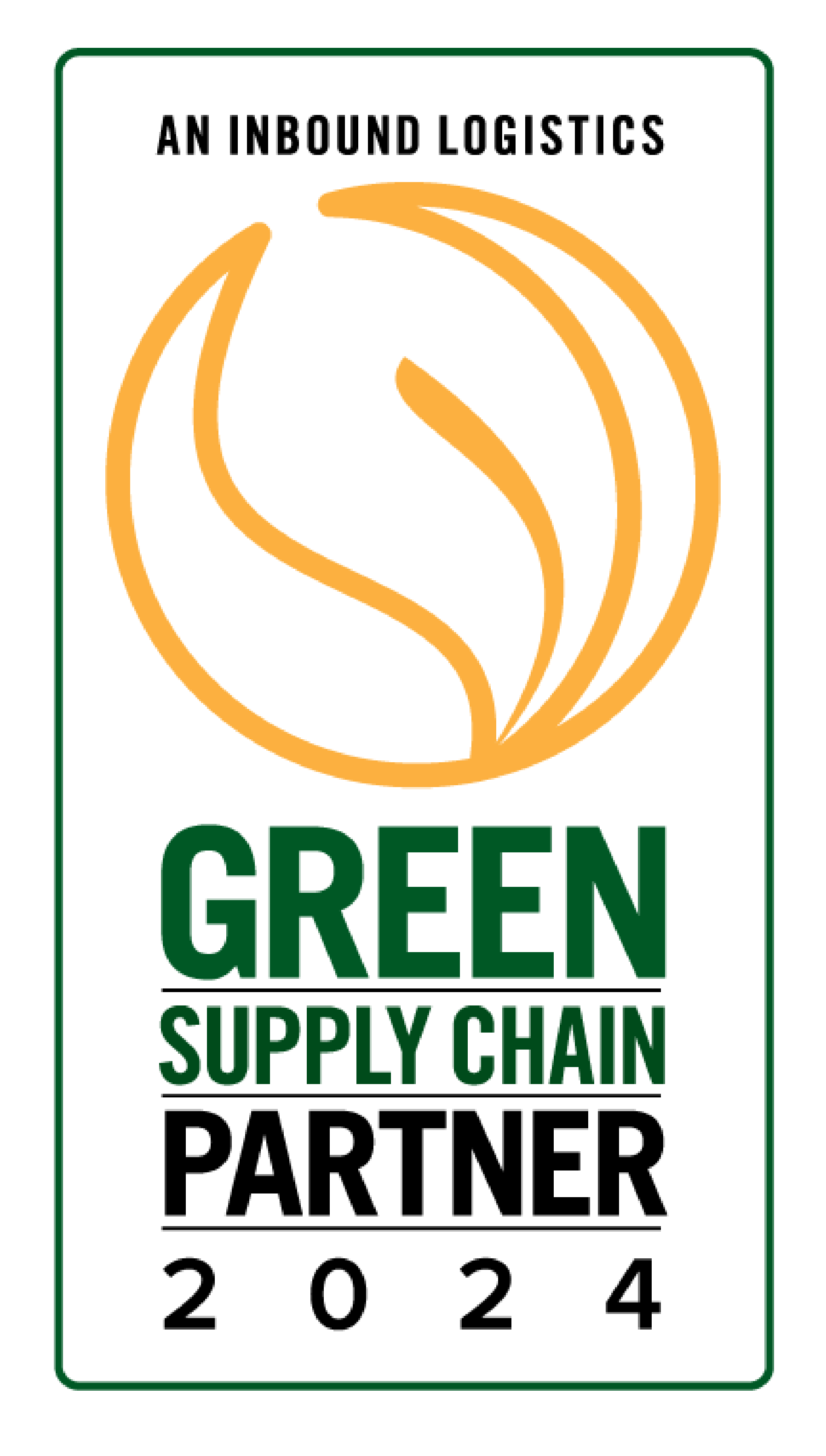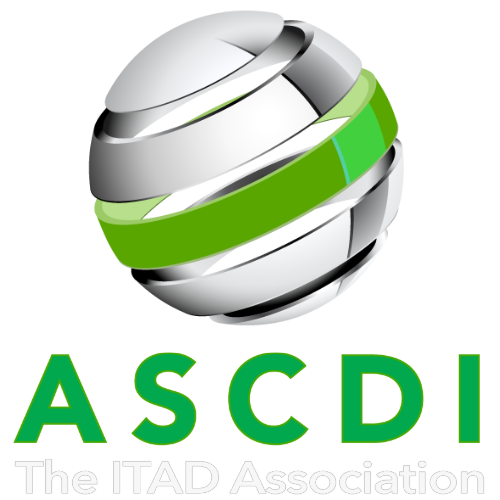The rapid evolution of technology has made IT assets indispensable in running a modern business. Yet, decision-makers often feel the weight of balancing operational efficiency with environmental responsibility. Implementing circular economy principles in your IT Asset Management (ITAM) strategy can help you achieve that balance. It transforms how you manage IT resources and contributes to your sustainability goals.
At its core, the circular economy is about reducing waste, reusing resources, and recycling materials to extend the lifecycle of products. By embedding these principles into your ITAM strategy, you’ll unlock significant benefits, including cost savings, improved compliance, and a stronger commitment to corporate social responsibility.
Below, we’ll explain how circular ITAM works, the key functions to adopt, and the benefits it can bring to your organization.
What Is the Purpose of Asset Management in a Circular Economy?
Asset management is about optimizing the performance and value of your IT resources. But in a circular economy, ITAM goes further as it focuses on minimizing resource consumption and maximizing the usability of IT assets like laptops, servers, and printers.
Adopting circular principles in ITAM enables businesses to:
- Reduce Environmental Impact: Mitigate e-waste and conserve natural resources by reusing and recycling IT components.
- Enhance Resource Efficiency: Extend the lifecycle of IT assets through refurbishment and repair, reducing the need for new equipment.
- Comply With Regulations: Align practices with global environmental standards such as the Waste Electrical and Electronic Equipment (WEEE) Directive, Circular Electronics Partnership (CEP), and Basel Convention.
These objectives align seamlessly with the broader purpose of asset management, which is to deliver value to your organization while meeting the needs of stakeholders and society.
Key Asset Management Functions for a Circular Economy
Incorporating circular economy principles into ITAM requires a structured approach, which should then be supported by robust asset management functions. This ensures that every phase of an asset’s lifecycle is optimized for sustainability.
Below is a closer look at these critical functions and how they can drive sustainable outcomes:
Lifecycle Management
Effective lifecycle management is the cornerstone of a sustainable ITAM strategy. It involves tracking IT assets from procurement to disposal, ensuring maximum utility at every stage. By integrating circular practices, you can:
- Extend Asset Lifespan: Implement maintenance programs and refurbish devices to prolong usability.
- Enable Repurposing: Redirect retired IT assets to secondary markets, charitable donations, or internal redeployment.
- Plan for Disposal: Partner with certified IT Asset Disposition (ITAD) providers to ensure secure and eco-friendly recycling.
Reverse Logistics
Reverse logistics plays a crucial role in retrieving and processing end-of-life IT assets. This process includes the collection, transportation, and assessment of used devices to ensure the following:
- Protection of sensitive data through secure data wiping.
- Recovery of valuable components to reduce waste.
- Optimal transport of returned assets to minimize costs and environmental impact.
Stakeholder Engagement
The success of circular ITAM depends on collaboration. Engage with internal and external stakeholders, including employees, suppliers, and disposal partners, to build a cohesive value chain. This ensures that everyone, from end-users to recyclers, contributes to sustainability goals.
Performance Monitoring
Measure the success of your circular economy initiatives using key performance indicators (KPIs) such as waste reduction, energy savings, and compliance rates. Tracking these metrics can help you adjust your approach and maximize results for your organization.
Building an Asset Management Value Chain for Circularity
An asset management value chain is a series of interconnected activities that create value throughout an asset’s lifecycle. To incorporate circular economy principles, businesses must reimagine their value chain with sustainability at its core. Here’s how:
- Procurement: Prioritize eco-friendly IT products with longer lifespans, energy efficiency, and modular designs that facilitate repair and recycling.
- Usage: Implement best practices for IT asset usage, such as regular updates and preventive maintenance, to maximize performance and minimize wear.
- End-of-Life Management: At the end of their lifecycle, IT assets should be assessed for potential reuse, resale, or recycling. Collaborate with ITAD providers to securely process obsolete devices while recovering valuable materials.
- Continuous Improvement: The value chain must be dynamic, incorporating feedback loops to identify inefficiencies and opportunities for improvement. Regular audits and stakeholder input are critical for refining processes and achieving circularity.
The Role of an Asset Management Company in Circular ITAM
If managing all of this sounds overwhelming, you don’t have to do it alone. Partnering with an asset management company can simplify the transition to circular ITAM. These companies specialize in optimizing the lifecycle of IT assets, offering services such as:
- ITAD Services: Secure data wiping, recycling, and certified disposal to minimize environmental impact.
- Refurbishment Programs: Restore used devices to a new condition for resale or redeployment.
- Logistics Management: Streamlined return processes for retired assets, reducing costs and inefficiencies.
By leveraging the expertise of an asset management company, your organization can focus on core operations while ensuring sustainable IT asset management.
5 Benefits of Circular Economy Principles in ITAM
Implementing circular economy principles in ITAM offers significant advantages for businesses, society, and the environment, making it an essential strategy for organizations aiming to balance efficiency with sustainability.
The benefits extend far beyond immediate financial savings — contributing to long-term success for the organization in various areas.
-
Cost Savings
Circular ITAM helps businesses reduce expenses by refurbishing and reusing IT assets instead of investing in new equipment. This approach lowers procurement costs and maximizes the value extracted from existing resources. Additionally, optimizing processes like reverse logistics minimizes transportation and storage costs, further enhancing cost efficiency.
-
Regulatory Compliance
With stricter global environmental standards and data security regulations, businesses face increasing scrutiny. Circular ITAM ensures compliance with frameworks like WEEE and the Basel Convention while meeting e-waste management requirements. This alignment reduces the risk of fines and safeguards your organization’s reputation.
-
Enhanced Sustainability
Sustainability is at the core of circular ITAM. By reducing e-waste and lowering carbon footprints, businesses can make meaningful contributions to corporate sustainability goals. These practices resonate with environmentally conscious customers and investors, creating long-term value and trust.
-
Improved Brand Image
Adopting eco-friendly practices demonstrates a commitment to corporate social responsibility, strengthening your brand’s reputation. Circular ITAM positions your organization as a forward-thinking leader in sustainability, attracting stakeholders and customers who prioritize environmental stewardship.
-
Operational Efficiency
Streamlined ITAM processes, powered by automation and efficient lifecycle management, lead to higher productivity. From asset deployment to end-of-life recycling, circular ITAM ensures that every phase operates smoothly, reducing waste and unnecessary effort.
Embrace Sustainability With Circular ITAM
Circular ITAM practices are the foundation for sustainable and efficient IT asset management. Onepak’s ReturnCenter platform offers the tools you need to implement circular economy principles effectively. With ServiceNow integration, ReturnCenter enables businesses to manage the entire lifecycle of IT assets, from deployment and use to secure returns, refurbishment, and responsible recycling.
This end-to-end platform simplifies IT asset management, ensuring data security, regulatory compliance, and sustainability at every stage. Whether you’re extending the lifecycle of laptops and servers, refurbishing retired devices, or responsibly recycling obsolete equipment, Onepak provides the logistics and transparency required to align with your circular ITAM goals.
Join the many organizations that are transforming their IT asset strategies with Onepak. Request a demo today to see how ReturnCenter can support your commitment to circular ITAM.








